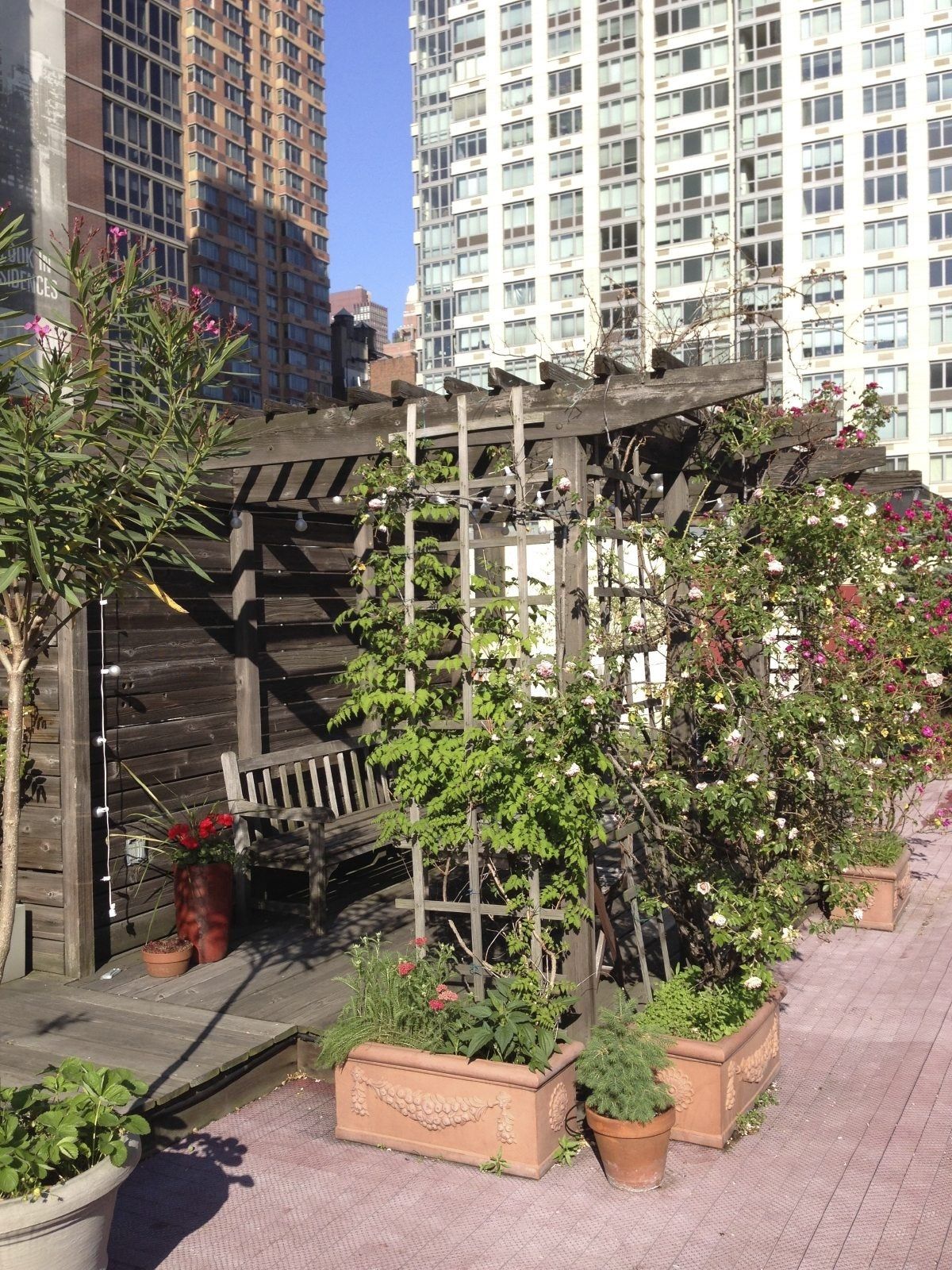The City Blooming Statements
An Unbiased View of City Blooming
Table of ContentsThe Facts About City Blooming RevealedAll about City BloomingUnknown Facts About City BloomingOur City Blooming PDFsLittle Known Questions About City Blooming.
Interested in expanding food for sale in the City of Chicago? Below is a list of regularly asked concerns concerning the rules and guidelines that cultivators need to take into consideration when preparing an urban agriculture task.
The zoning amendment does not change any various other codes taking care of composting, building licenses, buying or renting City owned building, company licenses or ecological contamination. There are existing codes that regulate these problems and they continue to be in full effect and may be relevant to your task. Area gardens are typically possessed or handled by public entities, public organizations or community-based companies and maintained by volunteers.
Urban ranches expand food that is planned to be offered, either on a nonprofit or for-profit basis. Due to their industrial objective, city farms require a company license.
Not known Facts About City Blooming
Composting is permitted however just for plant material that is created and utilized on site. The quantity of garden compost material can not surpass 25 cubic lawns at any type of offered time according to the requirements in 7-28-715 of the City's Municipal Code. Yes. Due to the fact that the soil at many new yard websites needs amending, compost, dirt, wood chips, or other products can be obtained to create or boost the expanding space - container and raised bed gardening etc..

If a building authorization is needed then the hoophouse will certainly be taken into consideration an accessory structure. You can figure out even more concerning the structure permit needs by getting in touch with the Division of Buildings. The 25,000-square-foot dimension limitation is meant to protect against a single neighborhood garden from controling a given block or interfering with the block's existing household or commercial character.
The limit does not apply to gardens found in Public Open Room (POS) areas. Can there be more than one neighborhood garden that is 25,000 square feet on a single block? Secure fencing is not needed, however, gardens that have big auto parking areas may be called for to install fencing or other landscaping attributes.
The Of City Blooming
B1 & B2 areas require that all industrial use activities be conducted indoors. R districts limit industrial activity. The laws reflect the objective and intent of the Zoning Code. Is fencing needed for urban farms? Yes. Fencings might be called for, in addition to landscape design and testing, for sure parking lot and outside job or storage space locations relying on area and the specific activity taking location.
Yes. Urban farms require structure permits and zoning approvals before building and construction. Various other kinds of city testimonial might be needed depending upon particular structures, tasks, dimension, landscaping, licensing, public heath and stormwater monitoring problems. Most of these needs are recognized in the project style or permitting process, however, the applicant might be liable to separately determine specific licenses or permits that might be needed.
The Department of Service Affairs and Customer Security can assist determine the certain kind of service license that's needed. Off road auto parking is required for a lot of commercial jobs in Chicago. The required number of vehicle parking rooms is based on the number of employees functioning on website and not the square video of the growing room.
See This Report on City Blooming
:max_bytes(150000):strip_icc()/womanonrooftopurbangarden-7fffbb3897ac48f390d94b9545d4d082.jpg)
Yes. An urban farm can market compost material generated on website, nonetheless, the operation must follow the laws in 7-28-715 of the Chicago Municipal Code. Yes. Aquaponic systems are allowed inside on metropolitan farms in several zoning areas. Nevertheless, a zoning review and building license is needed in order to mount frameworks or systems and a service license is called for as defined over.
Approximately 5 hives or nests of honey bees may be maintained as an accessory use. Nevertheless, beekeepers have to sign up with the Illinois Division of Agriculture. For more details concerning the recommended zoning amendment you may speak to the Department of Housing and Economic Development, Bureau of Preparation and Zoning at 312.744.8563.
Farming in cities and urban locations A metropolitan ranch in Chicago. Urban agriculture describes various practices of growing. https://www.metal-archives.com/users/cityblooming, processing, and distributing food in city areas. The term likewise applies to the location tasks of pet husbandry, aquaculture, beekeeping, and cultivation in a city context. Urban agriculture is identified from peri-urban agriculture, which occurs in backwoods beside suburban areas.
Top Guidelines Of City Blooming
, who look for to form social networks started on a shared values of nature and community holism. These networks can create by method of formal institutional assistance, becoming incorporated into local community preparation as a "transition community" activity for sustainable metropolitan development.
In either case, the extra straight accessibility to fresh vegetable, fruit, and meat products that may be realised with metropolitan agriculture can enhance food security and food safety while click this link lowering food miles, leading to reduced greenhouse gas emissions, thus adding to environment change mitigation. Several of the first proof of metropolitan agriculture originates from Mesopotamia.